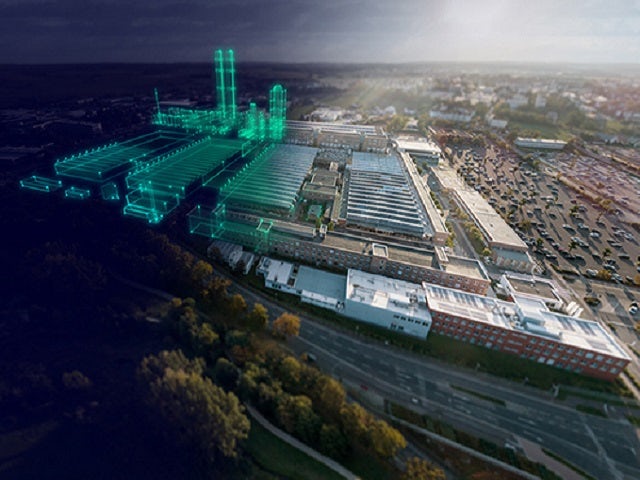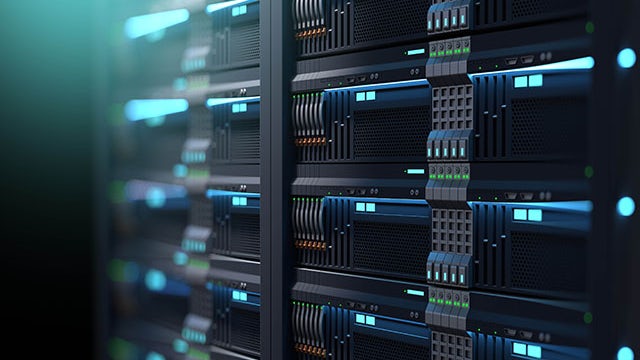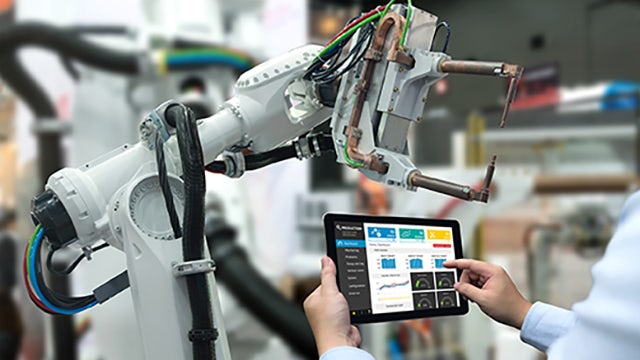Benvenuti nel futuro digitale
La trasformazione digitale inizia con il Software as a Service (SaaS). Innova senza limiti quando offri al tuo team l'accesso alle funzionalità on-demand. Scopri di più su Siemens Xcelerator e visita il nostro blog Siemens Xcelerator Software for Industry per saperne di più sui nostri servizi cloud.
Accelerare la trasformazione digitale
Siemens Xcelerator è un portfolio completo e integrato di software, servizi e una piattaforma di sviluppo di applicazioni progettata per aiutare le aziende a diventare imprese digitali. Queste soluzioni basate su cloud sono disponibili tramite Siemens Xcelerator-as-a-Service per accelerare la trasformazione digitale.
Flessibile
Offri ai team, indipendentemente dall'ambito del progetto, la collaborazione on-demand su una piattaforma che collega in modo sicuro i dati tra domini e soluzioni di progettazione. La libertà di innovare è tua quando puoi attingere a software avanzati.
Accessibile
Le aziende di tutte le dimensioni possono accedere agli strumenti di cui hanno bisogno, quando ne hanno bisogno, garantendo che i team lavorino da un'unica fonte di verità da qualsiasi luogo e in qualsiasi momento. L'accessibilità elimina i silos e migliora l'efficienza.
Scalabile
Le nostre soluzioni cloud basate su SaaS consentono a tutti i settori e mercati di scalare rapidamente e adattarsi ad ambienti aziendali dinamici. Implementa nuove tecnologie in modo rapido ed economico in base alle tue esigenze.
Accedi alla potenza di Siemens Xcelerator-as-a-Service
Con Siemens Xcelerator-as-a-Service, è possibile progettare i prodotti più velocemente, portarli sul mercato prima e ottimizzarli ad ogni iterazione.
Indipendentemente dalle dimensioni dell'azienda o dal settore, puoi sfruttare la nostra tecnologia avanzata basata su cloud, sia on-premise che off-premise, per trasformare l'ispirazione in innovazione.
Migliora la produttività con le app SaaS del settore
Accedi alle nostre applicazioni flessibili, appositamente progettate e native del cloud, ovunque e in qualsiasi momento. Le piccole e medie imprese possono ora scalare, collaborare e migliorare la produttività di tutti i team, fornitori e clienti con software di produzione cloud facili da usare per le soluzioni di ingegneria cloud, dalle più basilari alle più complesse.

Visualizza i prodotti Siemens Xcelerator
Esegui più modelli di elaborazione e distribuzione software basati sul cloud con le nostre offerte software di fama mondiale disponibili sul cloud. Il nostro portafoglio cloud-ready serve una varietà di clienti industriali e commerciali e consente ai team dedicati di creare e scalare a un ritmo che si adatta facilmente ai loro obiettivi aziendali tramite applicazioni SaaS.

Accesso tramite cloud, sempre e ovunque
Cosa significa essere connessi al cloud? Il tuo team ottiene l'accesso istantaneo da qualsiasi luogo e in qualsiasi momento, tramite browser Internet. Accedi ai dati in tempo reale ed esegui, testa e simula sfide industriali complesse. Sfrutta al meglio il nostro gemello digitale completo e sfrutta le più recenti offerte di software e sicurezza dei dati. Amazon Web Services (AWS), il nostro partner, offre un'ampia gamma di soluzioni Siemens connesse al cloud.

Trasformazione digitale: cosa dicono gli esperti?
Guarda come gli esperti discutono di Siemens Xcelerator Cloud e dei vantaggi del SaaS, del cloud computing nel business e dell'implementazione del miglior software di gestione cloud e delle migliori pratiche digitali all'interno di qualsiasi azienda.
Playlist video di Siemens Xcelerator
1 / 7
Playlist video di Siemens Xcelerator
1 / 7
Visita il sito Web della partnership tra Siemens e AWS
La trasformazione digitale è ora più accessibile, flessibile e scalabile grazie alla partnership tra Siemens e AWS. La collaborazione tra la principale azienda di software industriale e il fornitore di servizi cloud svolge un ruolo chiave in un elenco diversificato di clienti tra una varietà di settori che abbracciano la digitalizzazione.
Scopri come Siemens Xcelerator-as-a-Service offre ai tuoi team la libertà di creare senza limiti.

Scopri cosa può fare per te questa tecnologia all'avanguardia
Trasformati con la migliore tecnologia di intelligenza artificiale (AI) e machine learning (ML), offerte cloud di automazione della progettazione elettronica (EDA), Industrial Internet of Things (IIoT) e funzionalità di piattaforme applicative low-code.
Qualsiasi azienda di qualsiasi settore può sfruttare la nostra tecnologia avanzata.











